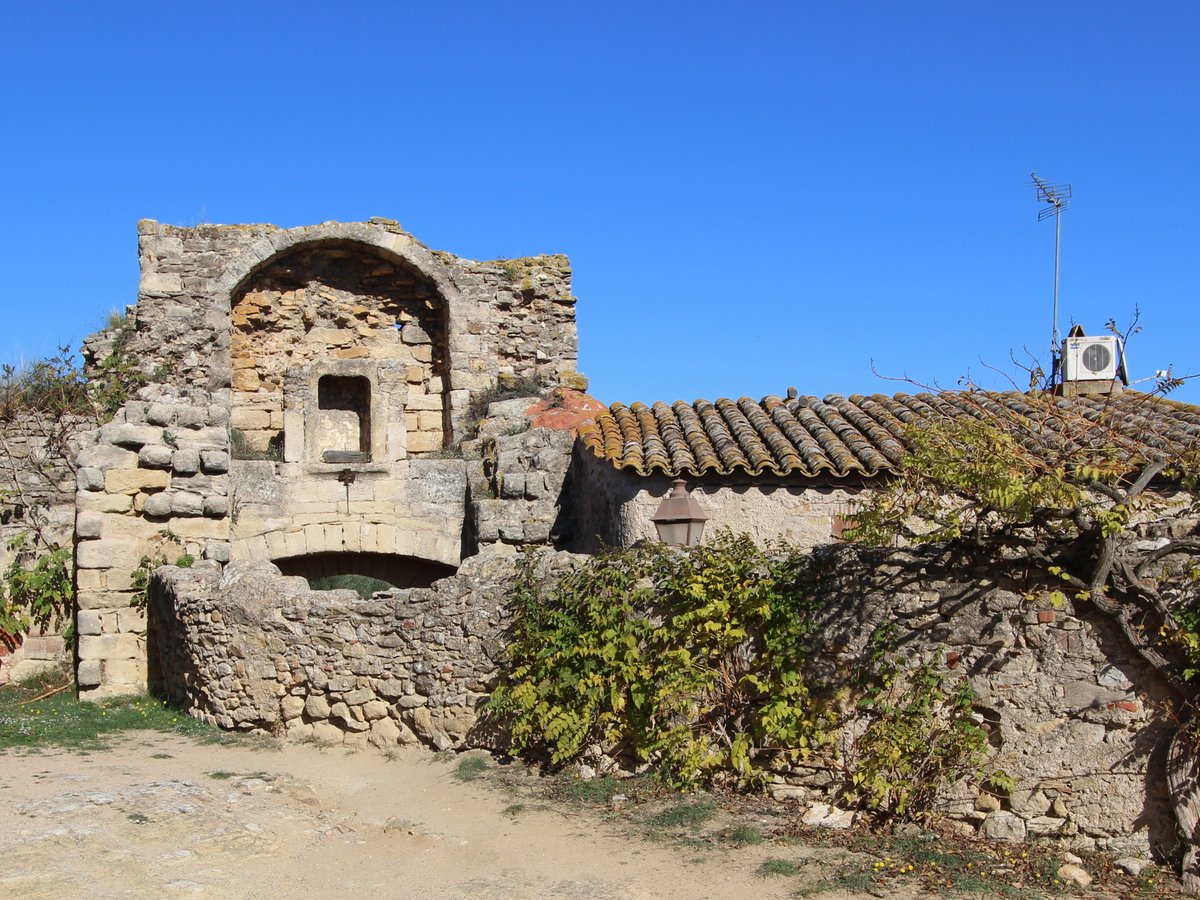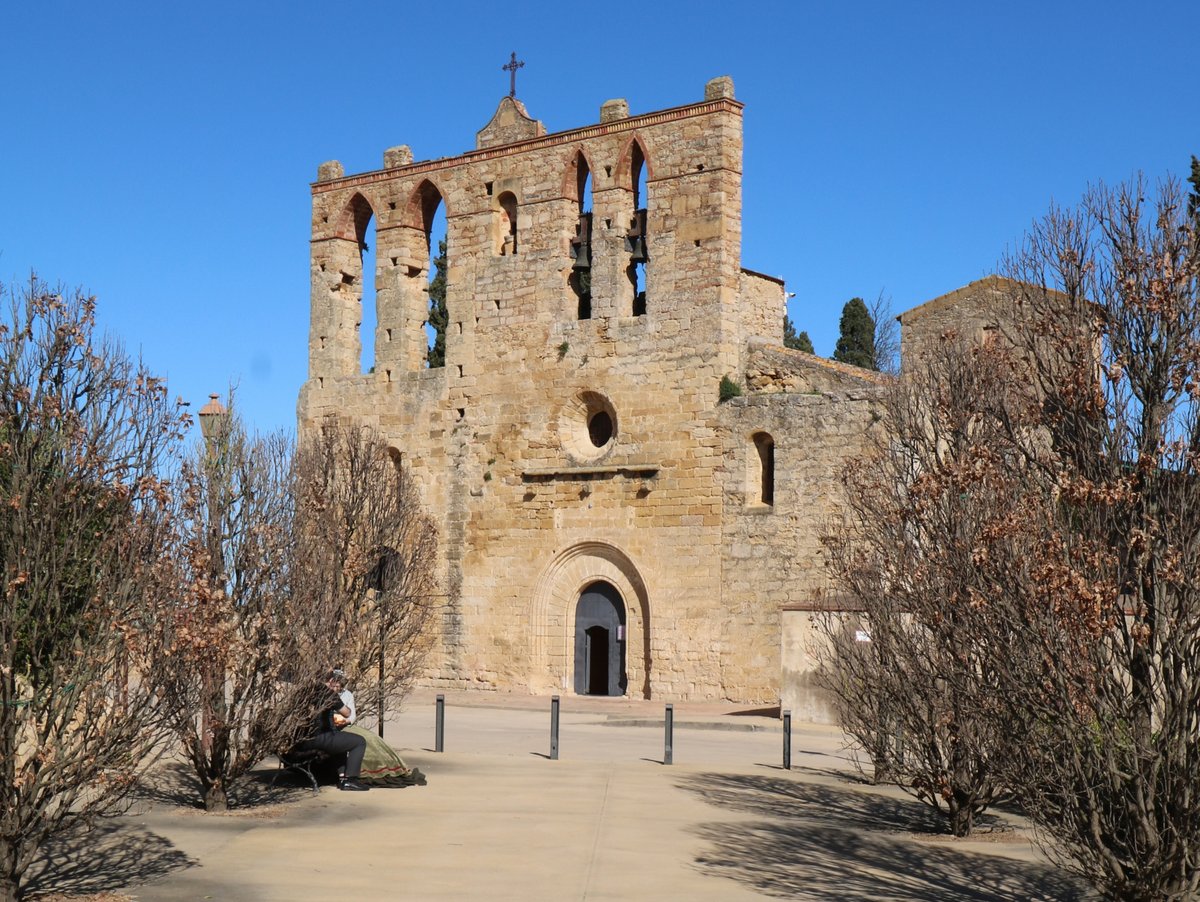Quite the variety of towns and villages in Catalonia have survived till the modern age with their Medieval look and feel intact. These places typically really love tourists and welcome them year-round to show off the cultural and historical heritage that is lovingly and skillfully maintained. When describing a typical Medieval town of this sort, you will most likely use the adjective “charming”, and the town of Peratallada is perhaps the most charming of them all.
What sets Peratallada apart is the fact that it does not merely consist of an old town centre surrounded by newer neighbourhoods — everything you see within the town limits dates back to the Medieval times. Fewer than 500 inhabitants live in Peratallada today, but there has been life here since before the Roman times. The first written record of Peratallada dates back to the 11th century — in 1065, the archives made note of a local fortress, Castle of Peratallada (Castell de Peratallada).
A quick visit makes it clear that the fortress has been built up and expanded in different times. For instance, the tower in its centre, Torre de l’Homenatge, is obviously older than the palace nearby that once served as an overnight residence of King Jaume I (in 1390). The pueblo has five towers in total: one with a clock (Torre de les Hores), one that pays homage (Torre de l’Homenatge), a westward tower (Torre Oest), a northern tower (Torre Nord) and a round tower (Torre de Planta Circular). Since Peratallada had grown outward from its fortress, not only the castle itself but the buildings next to it started needing protection, so another wall, surrounding the whole town perimeter, had been built, with a moat by the side of the Portal de la Verge to boot.
Another significant sight in Peratallada is the church of Sant Esteve (Església de Sant Esteve de Peratallada), built in the Romanesque style with two naves and a bell tower forming part of the facade of the church. Baron Gilabert de Cruïlles, the original owner of the lands on which Peratallada stands, is buried inside.
The best time to visit during low season is on Saturday or Sunday morning to early afternoon, which gives you a good two hours for sightseeing and an amazing choice of 17 (!) restaurants open for an unhurried lunch. (Other days of the week, their opening hours are far from guaranteed.) During high season, any day is a good day; furthermore, Peratallada is only 12 km away from the Costa Brava beaches, and staying in one of its 9 hotels is more economical than in Begur or Pals.
It is a real pleasure to discover small gems like Peratallada. There is plenty of time to study maps and booklets at the tourism office, pause at every sight and attraction, take a photo or two with each… you can’t NOT have enough time for so few of them, so savouring every moment becomes all the sweeter. Local holidays are a particularly good time to pay the town a visit:
- Festival of Herbs (Feria de las Hierbas) — the last weekend of April
- Habanero singing — July 27
- Fiesta Mayor (the town festival) — August 6-7
- The Medieval Market — the first weekend of October.





























